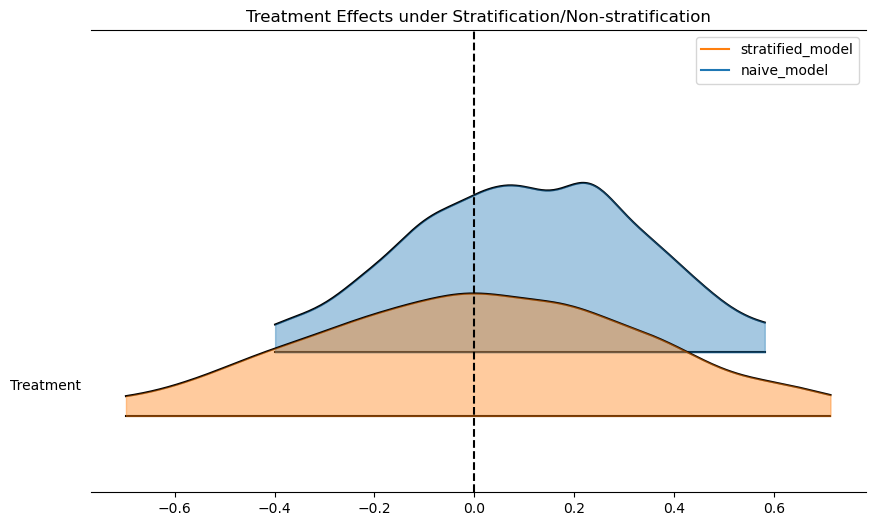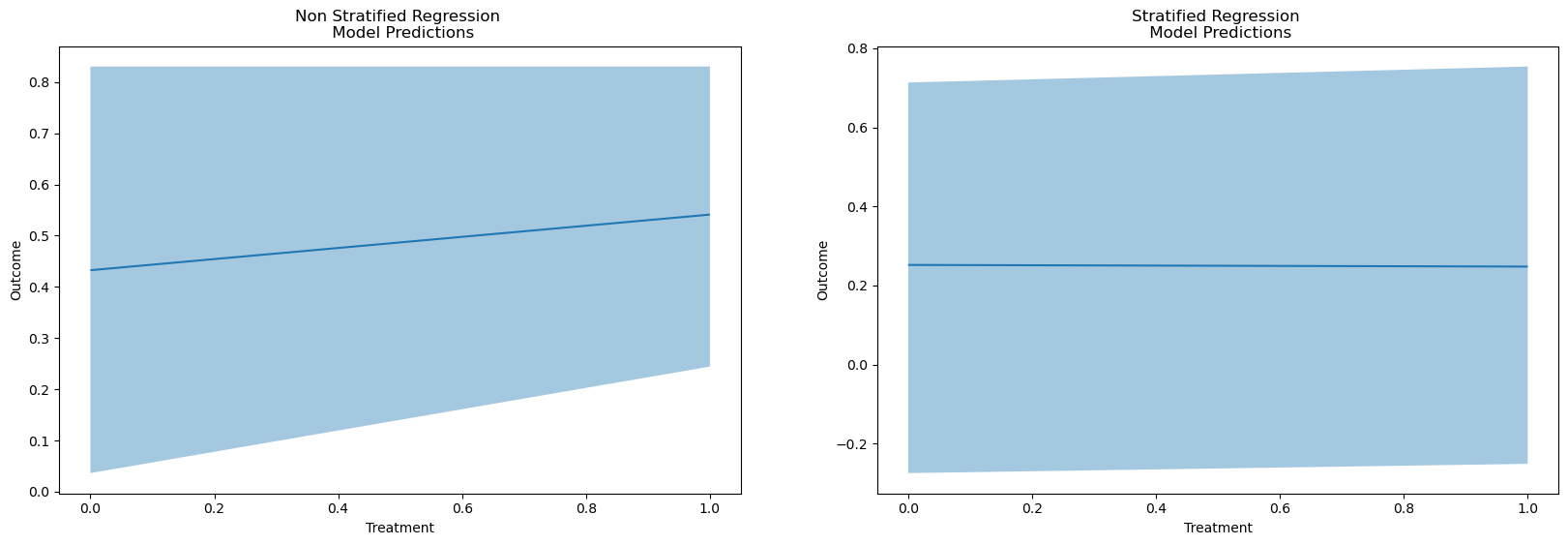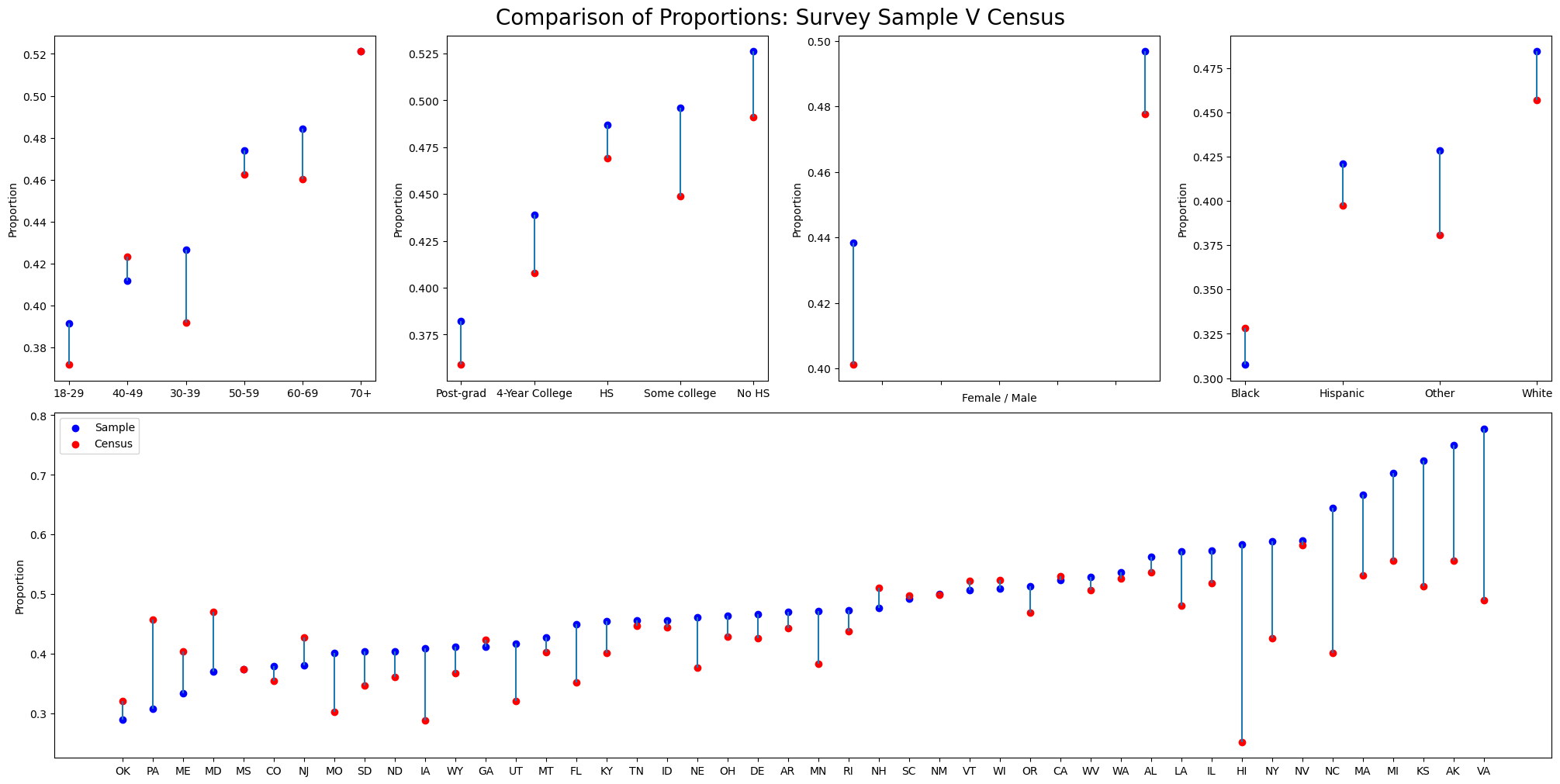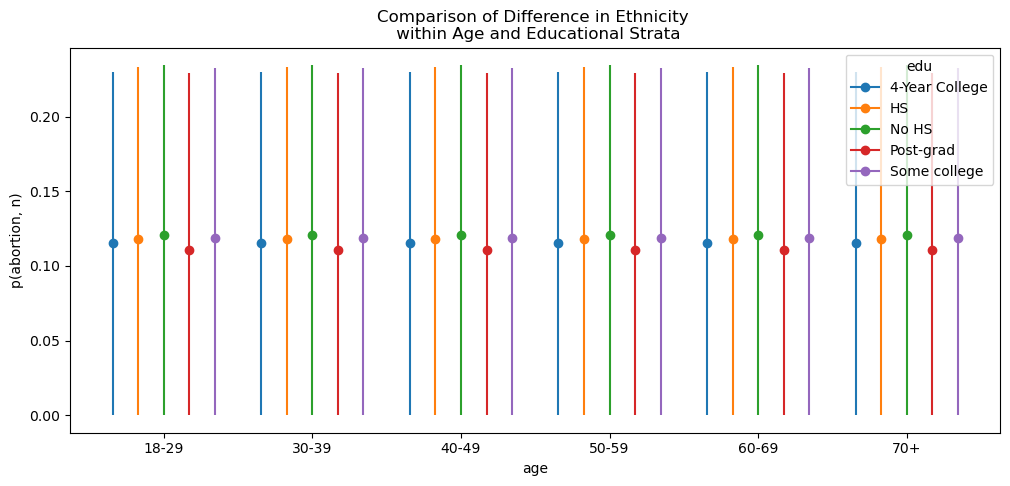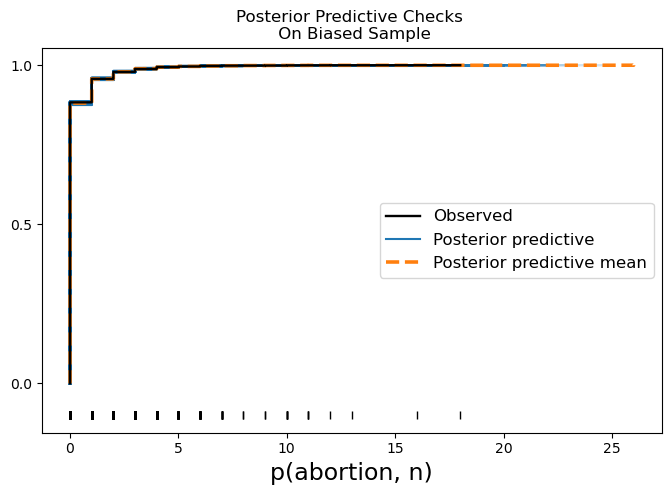14010 5341 10206 ... 3965 12383
array([[[14010, 5341, 10206, ..., 3190, 4185, 10212],
[13818, 5891, 10978, ..., 2898, 4236, 11850],
[15139, 5688, 11610, ..., 3455, 4647, 7733],
...,
[13786, 6913, 11417, ..., 2245, 3821, 12253],
[15385, 5551, 10471, ..., 3190, 3536, 9615],
[14081, 6341, 12224, ..., 4203, 4355, 9471]],
[[14323, 5568, 12149, ..., 4218, 5072, 10396],
[15068, 5881, 12499, ..., 4237, 4888, 11863],
[14444, 5547, 12410, ..., 3426, 4401, 11186],
...,
[13676, 5244, 12228, ..., 2131, 3828, 14183],
[15352, 6645, 10146, ..., 4090, 2989, 9722],
[13889, 5098, 11388, ..., 2574, 4302, 11684]],
[[14908, 5862, 11154, ..., 3692, 4296, 13474],
[14313, 6298, 11726, ..., 2738, 4031, 15852],
[14024, 6091, 11225, ..., 4302, 4561, 6608],
...,
[13804, 5719, 11322, ..., 2103, 3349, 12018],
[14899, 5564, 10774, ..., 3656, 4173, 12654],
[13323, 6160, 11889, ..., 1633, 2721, 8324]],
[[15644, 5447, 10770, ..., 3184, 3407, 9063],
[14729, 5971, 11018, ..., 3884, 4072, 9071],
[14888, 5955, 11251, ..., 3265, 3849, 7712],
...,
[14675, 6143, 11369, ..., 2215, 3372, 11805],
[15132, 5472, 11173, ..., 2853, 3942, 9997],
[13314, 5965, 11234, ..., 4291, 3965, 12383]]],
shape=(4, 4000, 11040))